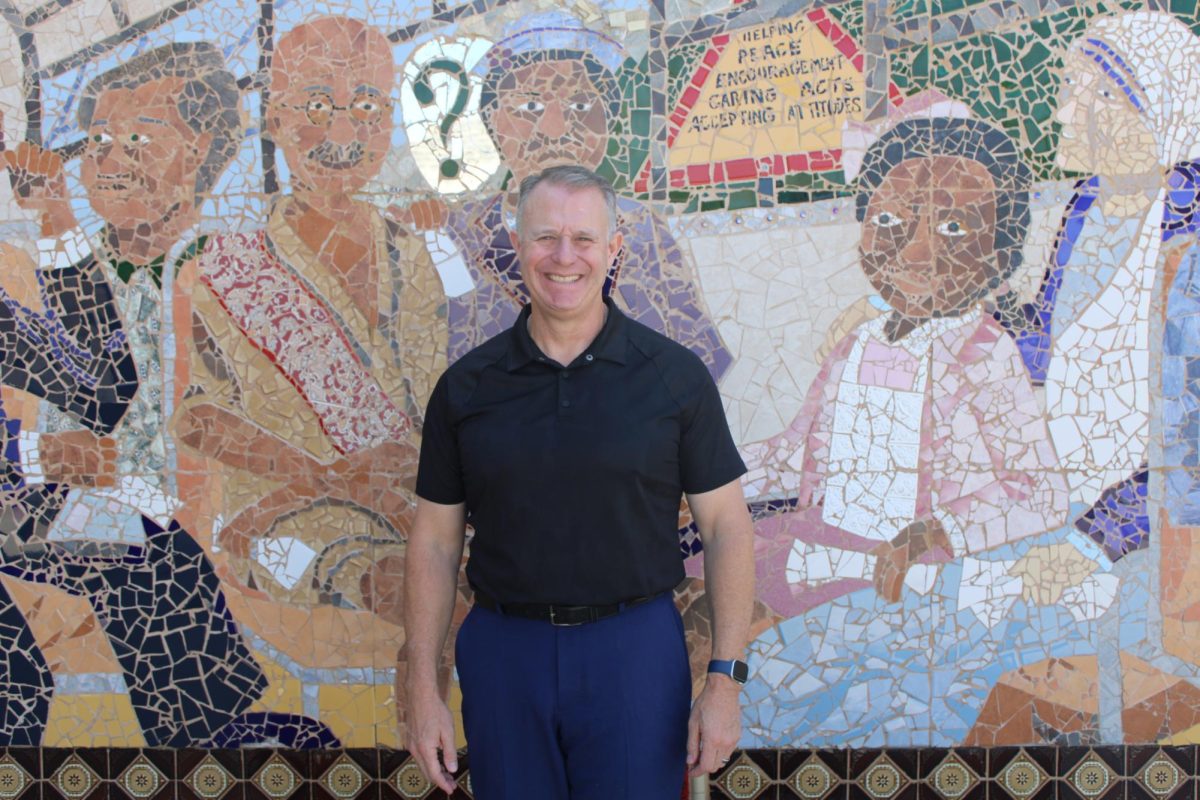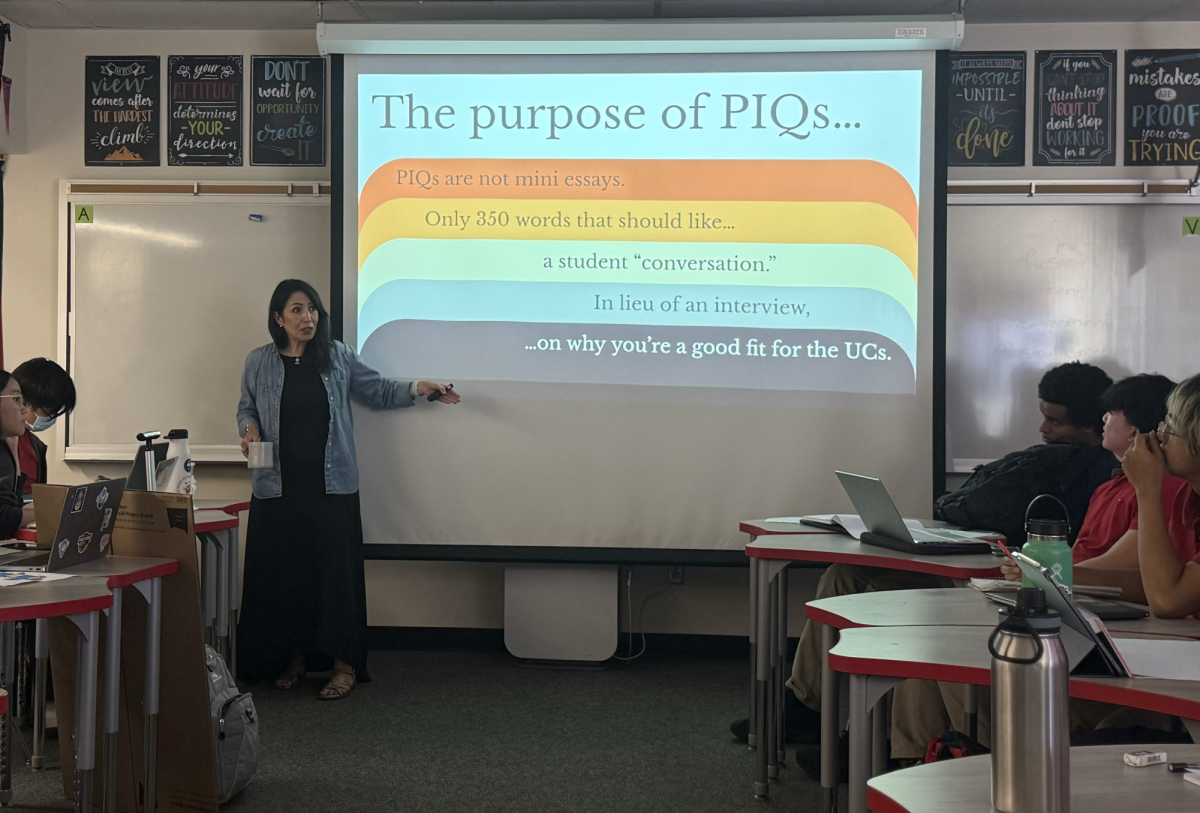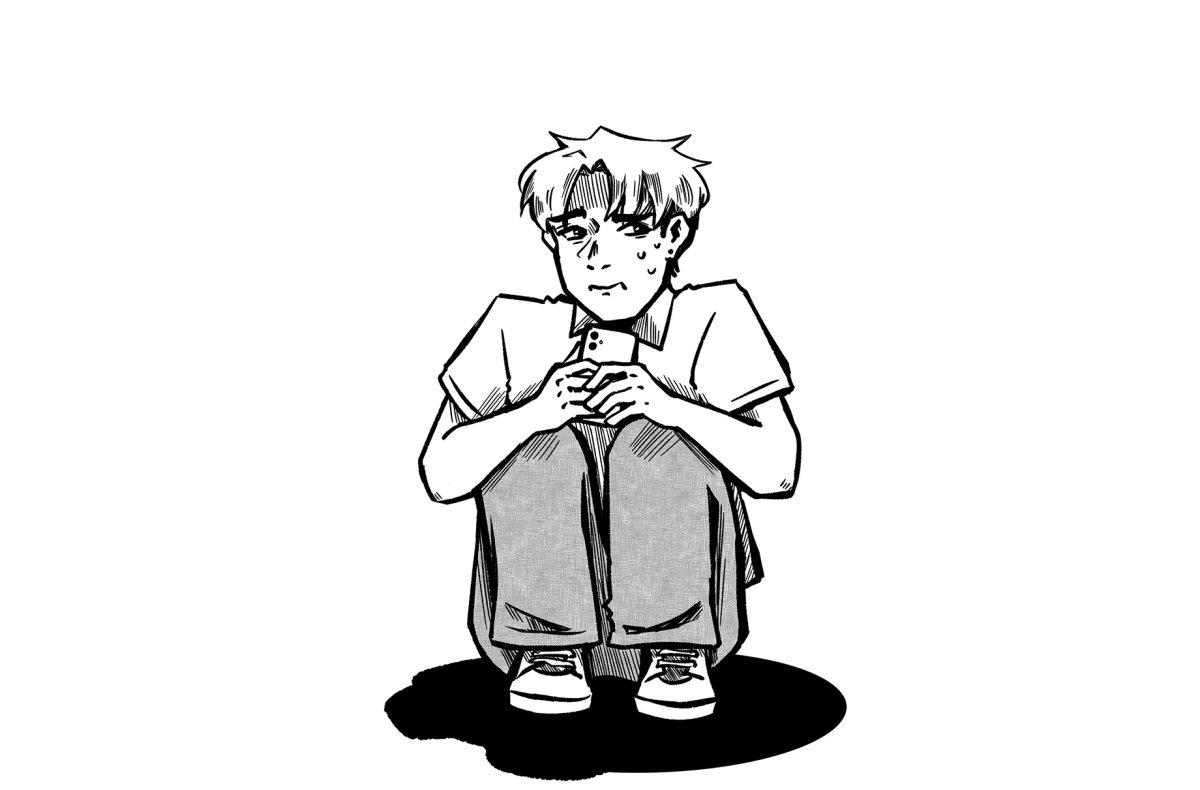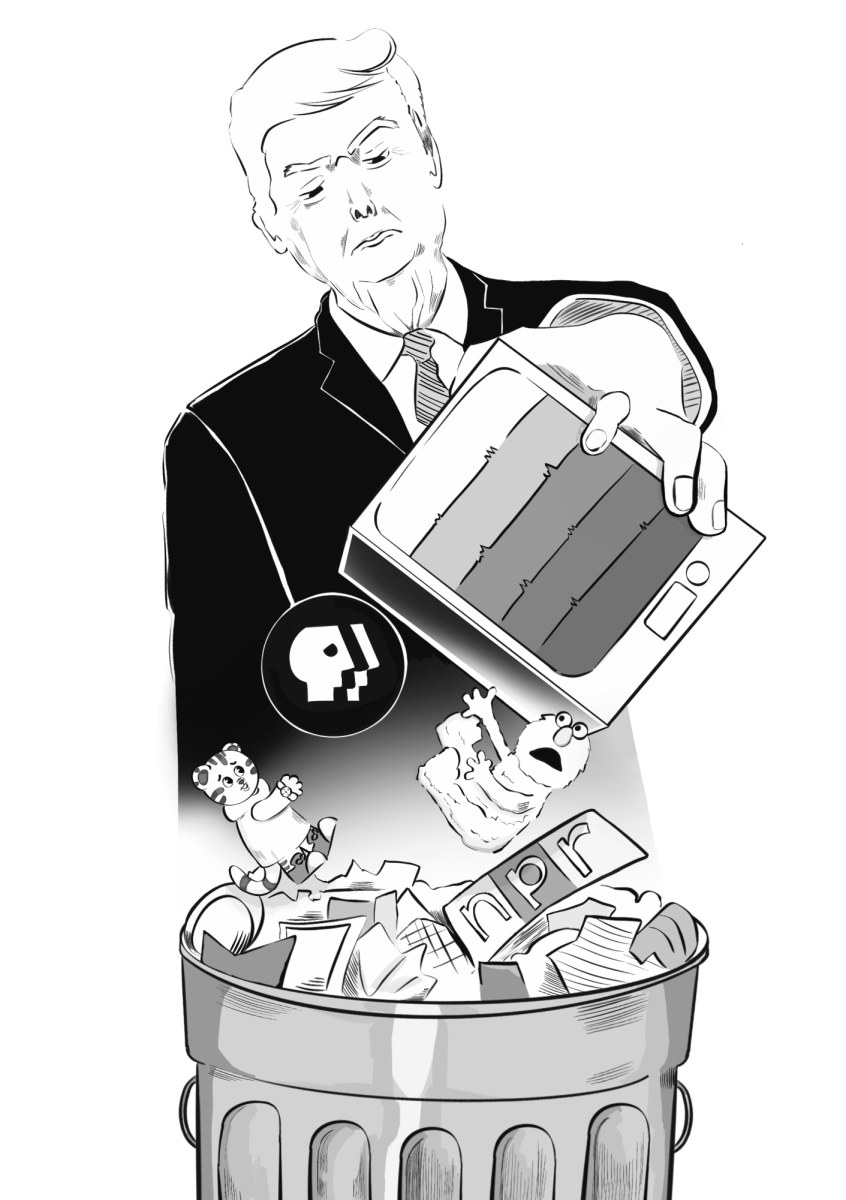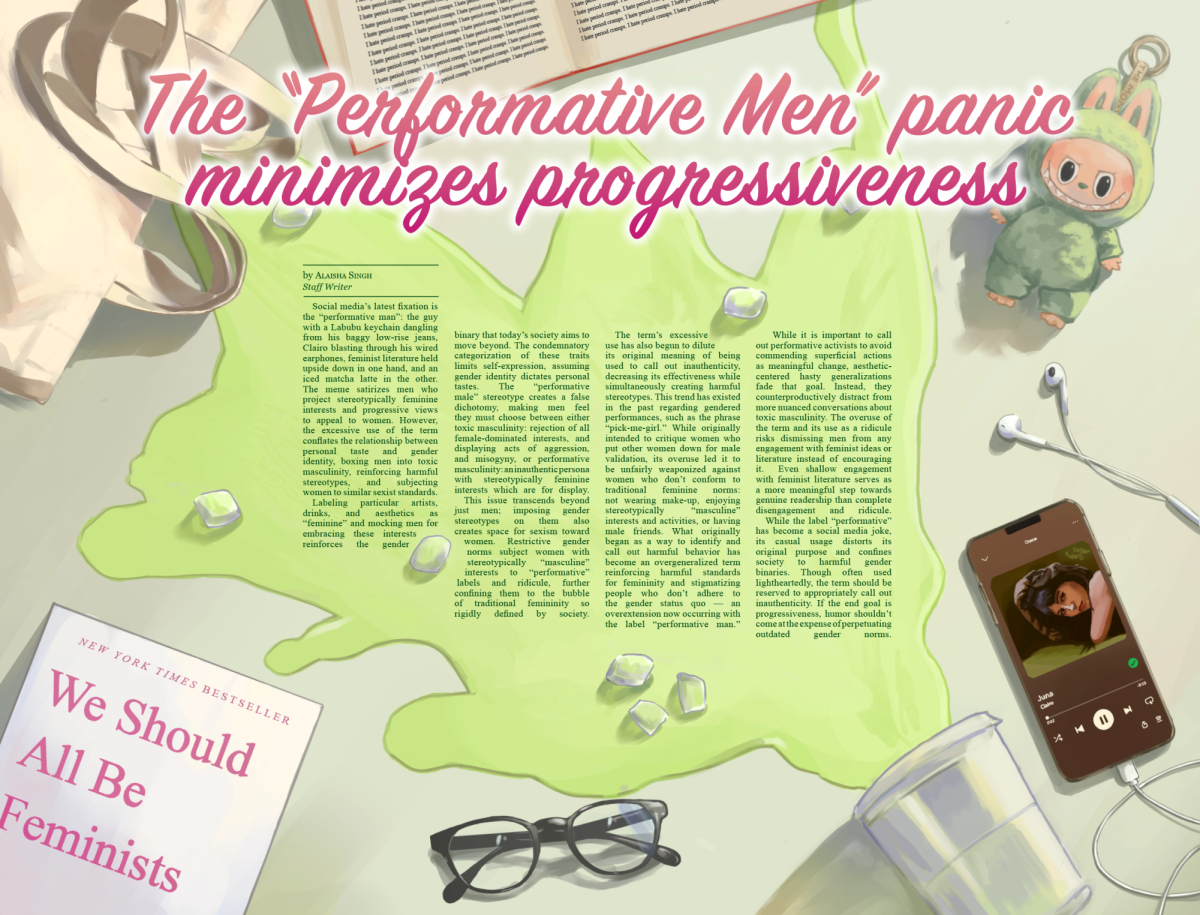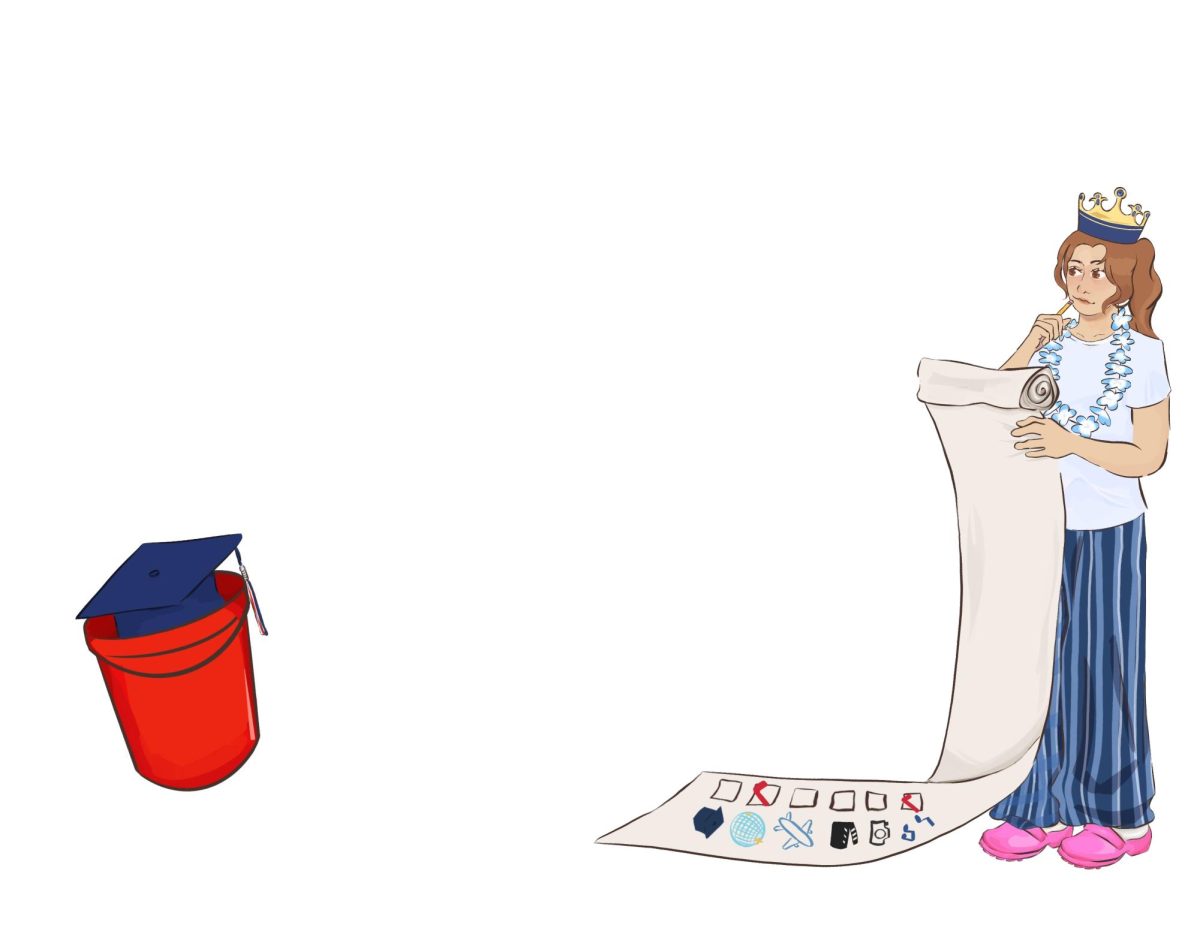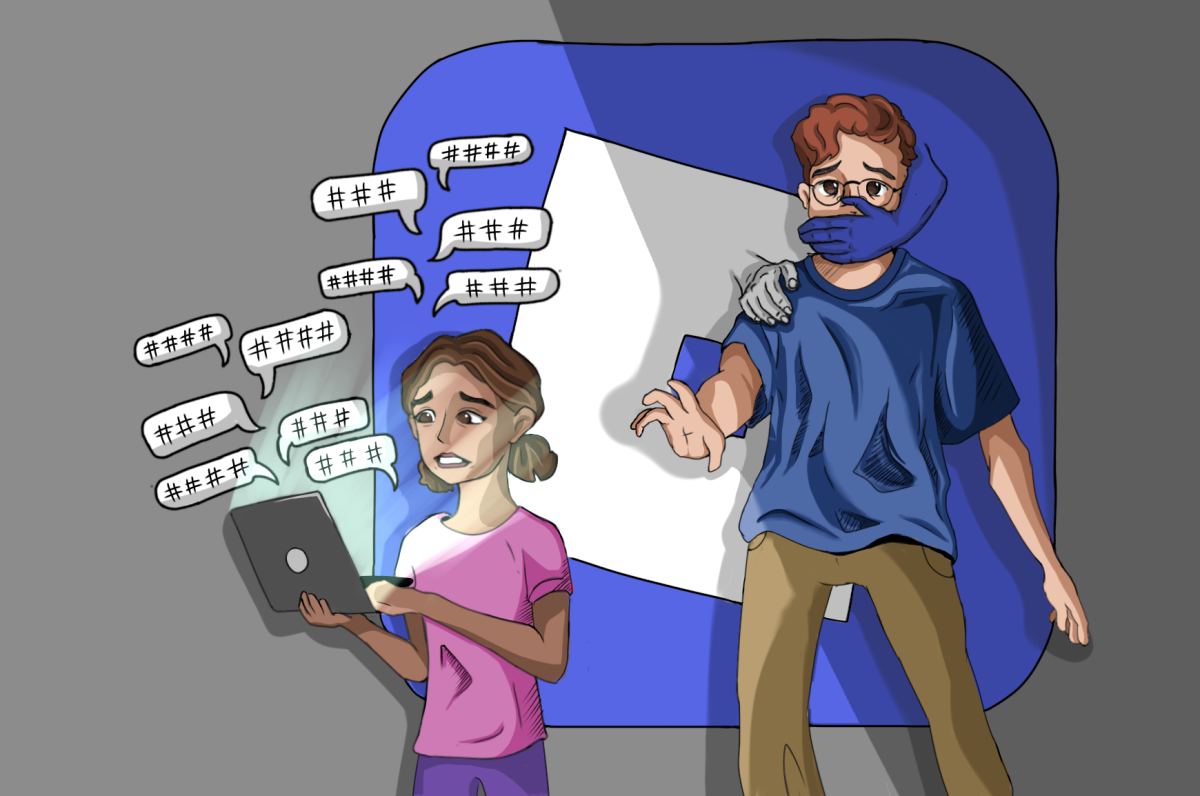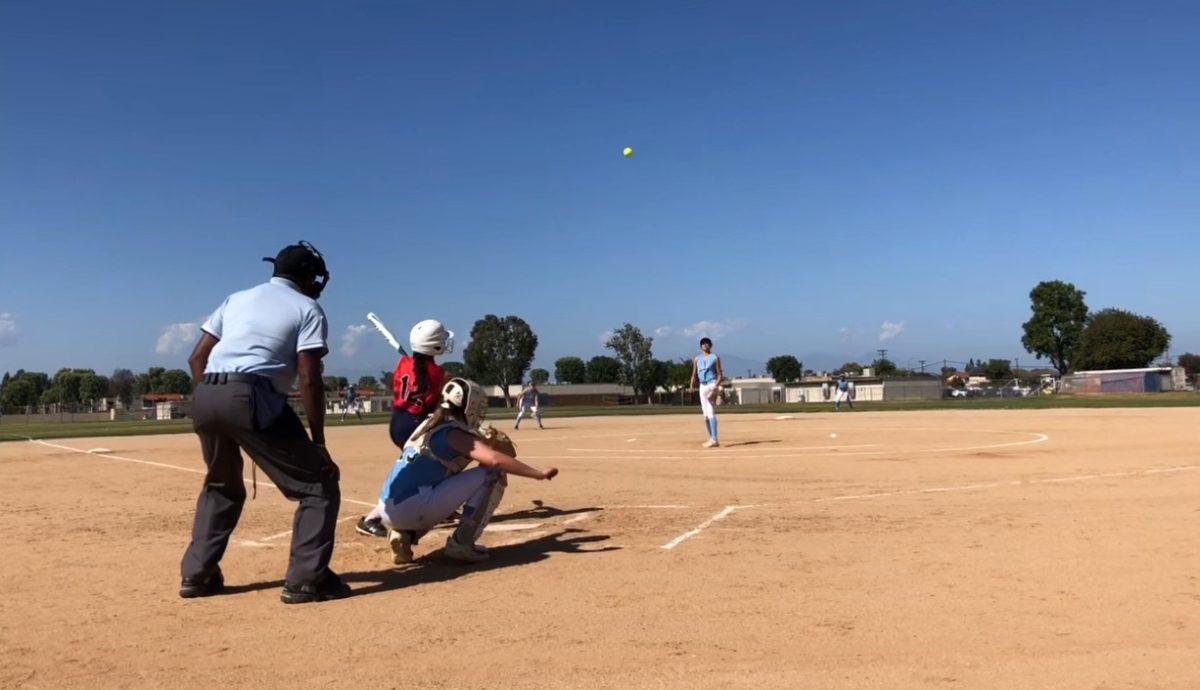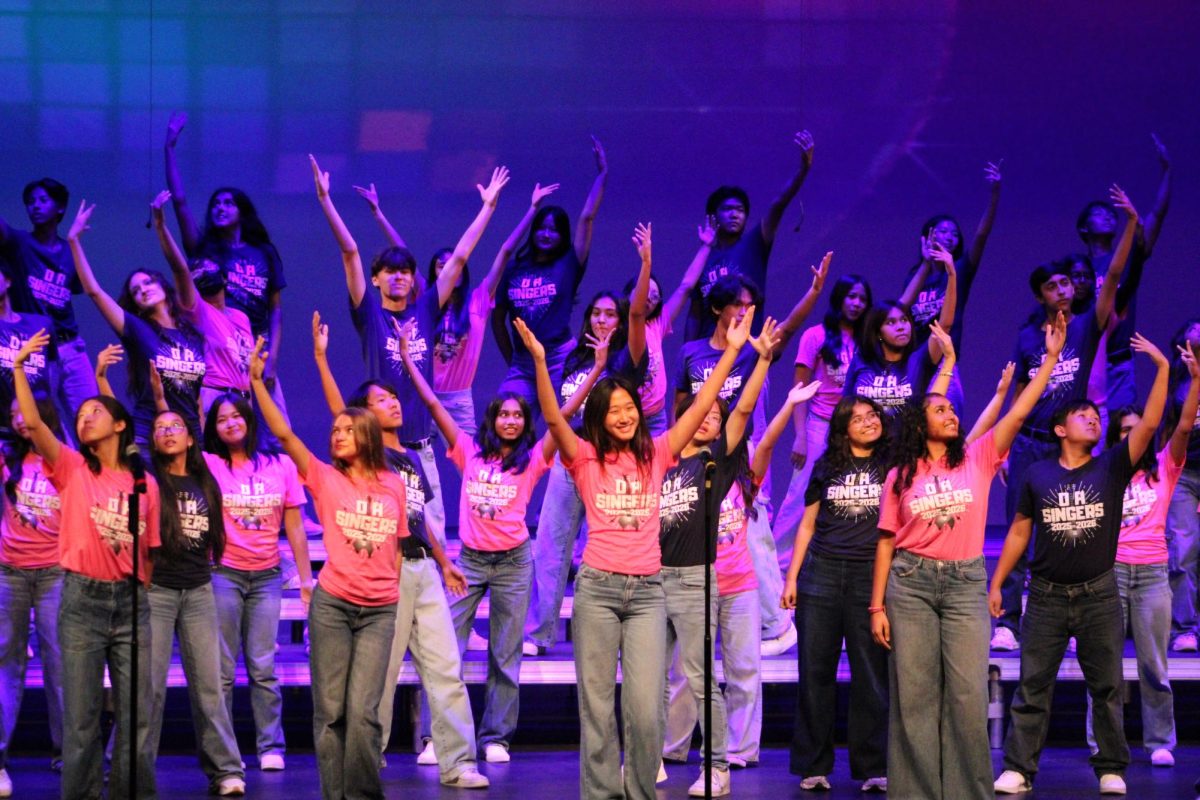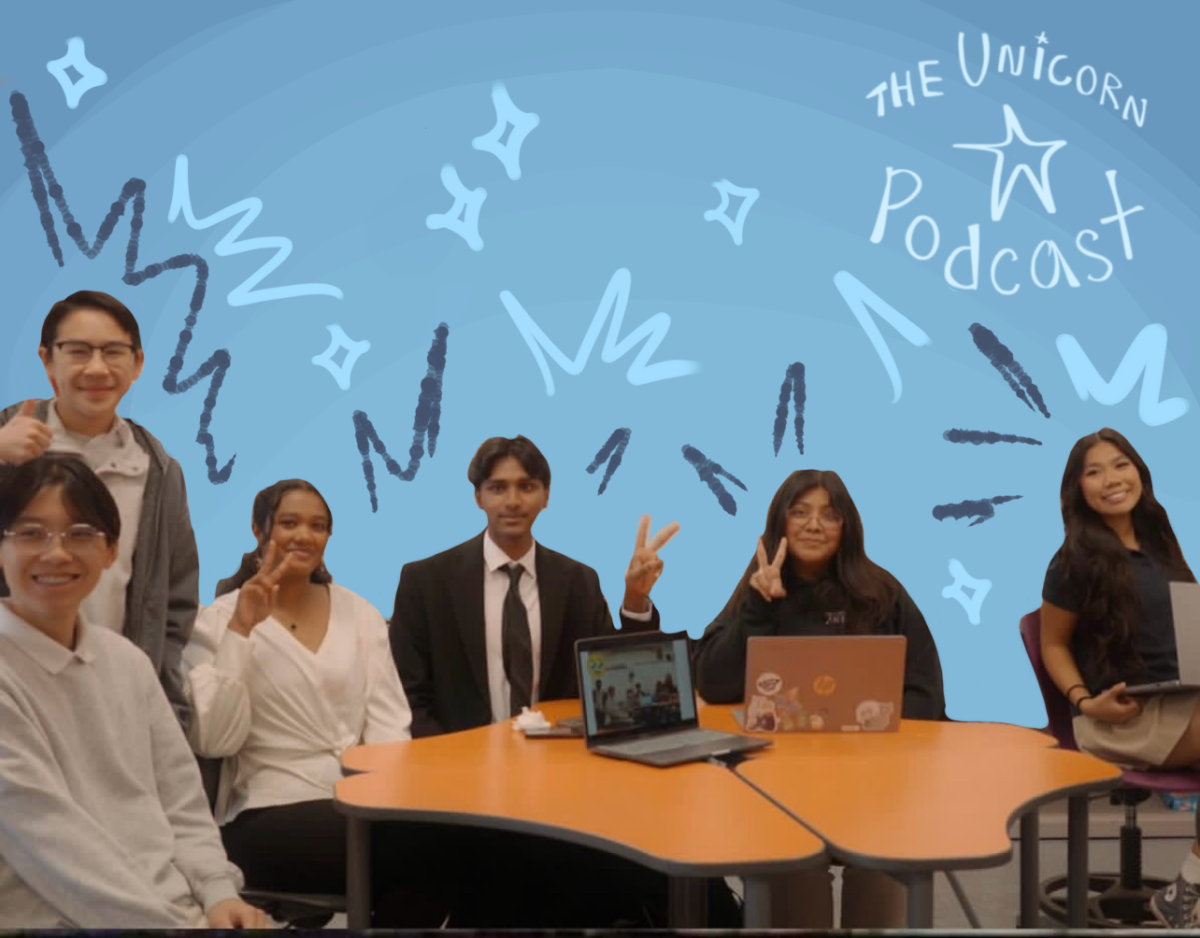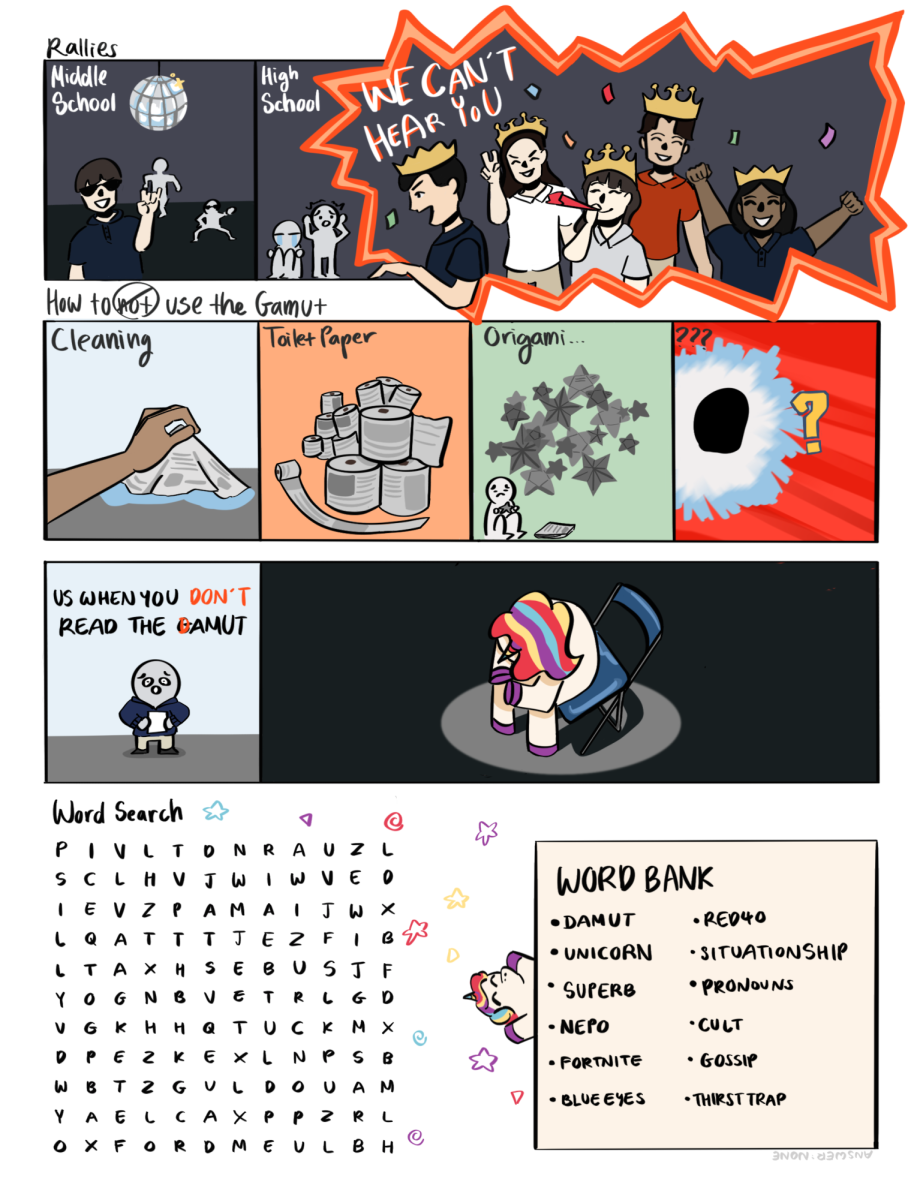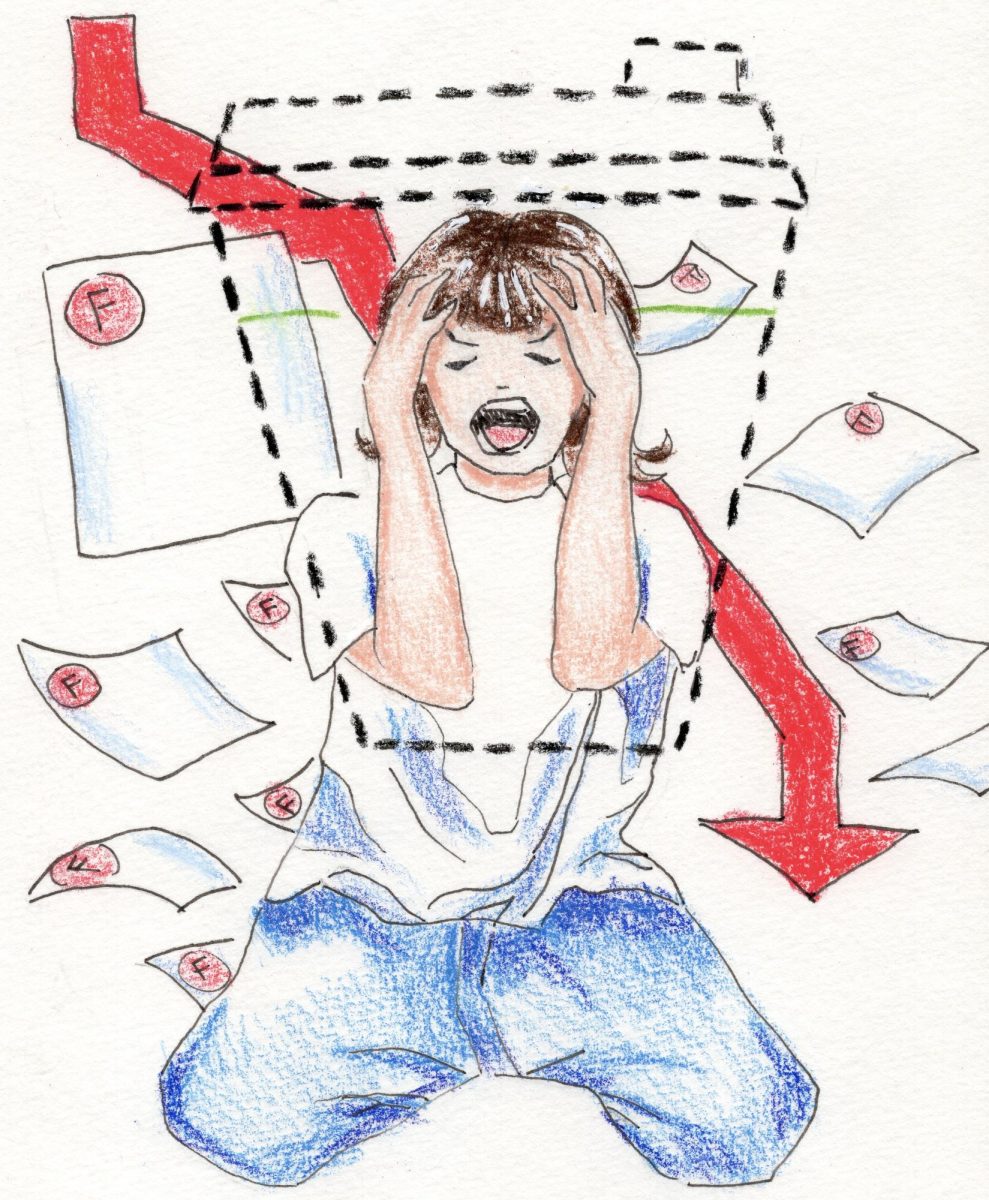California’s long-awaited prison reform has been underway since Governor Gavin Newsom first stepped into office in 2019. However, the state’s hesitation in fully committing to their goals of “public safety, rehabilitation, community reintegration and restorative justice” pushes them further and further away, hindering existing efforts from reaching their full potential.
Newsom’s administrative priorities lie in reforming California’s notorious prison system into a model of rehabilitative progress. Recent efforts include the closure of three in-state prisons and the dismantling of the nation’s largest death row at San Quentin prison. However, the California Department of Corrections and Rehabilitation (CDCR) has slowed down the closure of prison facilities in fear of rising crime rates. The administration fails to realize that further reducing the current budget towards prison facilities creates an excellent economic opportunity for shaping rehabilitation programs into long-term, successful models of restorative justice.
The CDCR’s main concern for closing additional prisons is the possibility of bringing a rising prison population to facilities with dangerously-low capacities, which could be deemed unconstitutional according to a 2011 Supreme Court ruling. Although prison populations fluctuate, the extent of these concerns are unrealistic; a 2024-25 budget report by the Legislative Analyst’s Office notes that the California prison population is far below the court-ordered limit and is projected to remain low through 2028. A shrinking prison population provides a timely opportunity for capacity reductions.
Furthermore, capacity reductions are cost-effective, creating room for strategic investments into rehabilitation programs. According to the CDCR, the closure of the three prisons will save $778 million from the state budget, and a potential closure of five more prisons would save a full billion annually for the next four years. Although the savings can not recover the state’s huge budget deficit of $73 billion, they are more than sufficient to cover the cost of expanding education, treatment, and rehabilitation services within the prison system.
A full shift into a rehabilitation-focused prison system is imperative to reversing the cycle of recidivism: a prisoner’s relapse into criminal behavior upon release. Rehabilitative treatments targeting behavioral and mental health are necessary to reduce high incarceration rates, and resulting mass incarceration. According to the CDCR, California’s recidivism rate across the last decade has averaged around 50%, which is strikingly high compared to countries like Norway that prioritize rehabilitation. Norway maintains one of the lowest recidivism rates in the world, falling as low as 20%, simply due to providing educational programs and support services that facilitate prisoners’ transition back into the real world. While California has several rehabilitation programs under CDCR, such as the Specialized Treatment for Optimized Programming (STOP) program, a report by CalMatters found that STOP served less than a quarter of released inmates in 2014. Since then, the department has provided little oversight of its progression. With slim evidence of their programs’ effectiveness, the CDCR lacks accountability and attention to rehabilitation efforts.
Moving forward, there remains an urgent need for the California state government to financially commit to a rehabilitation model. As Newsom approaches the end of his term in 2026, any incomplete efforts towards rehabilitation will likely be halted or thrown under the bus by his successor. It is time for the state to prioritize public health and invest in the good of all of its citizens — including their prisoners.


